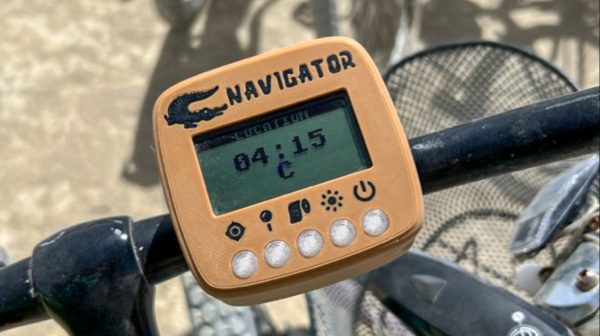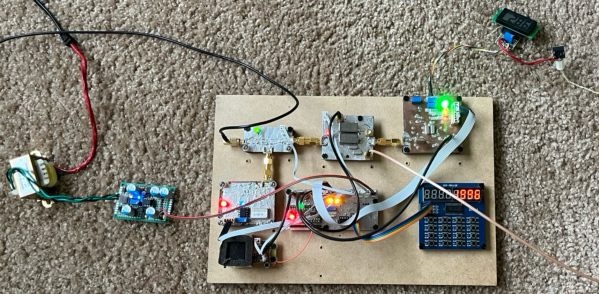We have all heard the statistics on how safe air travel is, with more people dying and getting injured on their way to and from the airport than while traveling by airplane. Things weren’t always this way, of course. Throughout the early days of commercial air travel and well into the 1980s there were many crashes that served as harsh lessons on basic air safety. The most tragic ones are probably those with a human cause, whether it was due to improper maintenance or pilot error, as we generally assume that we have a human element in the chain of events explicitly to prevent tragedies like these.
Among the worst pilot errors we find the phenomenon of controlled flight into terrain (CFIT), which usually sees the pilot losing track of his bearings due to a variety of reasons before a usually high-speed and fatal crash. When it comes to keeping airplanes off the ground until they’re at their destination, here ground proximity warning systems (GPWS) and successors have added a layer of safety, along with stall warnings and other automatic warning signals provided by the avionics.
With the recent passing of C. Donald Bateman – who has been credited with designing the GPWS – it seems like a good time to appreciate the technology that makes flying into the relatively safe experience that it is today.
Continue reading “How Airplanes Mostly Stopped Flying Into Terrain And Other Safety Improvements”

















